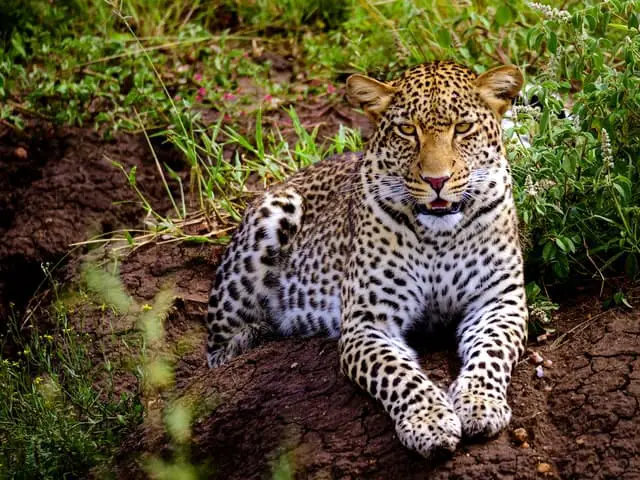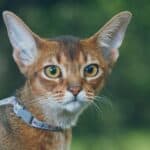It is an untameable wild species that lives outside the inhabited centre’s.

The leopard cat is a protected and wild species: today we are going to discover all the characteristics of this feline breed native to Asia. But first let’s make a necessary premise. It is difficult to cross a leopard cat outside its natural environment, considering that this cat breed is very widespread mostly in Southeast Asia and is at risk of extinction. For this we will be content to know it virtually and learn which are the most similar cat breeds that can be bred at home.
The scientific name is Prionailurus bengalensis and within its genetic lineage at least 11 subspecies can be identified. Think that the Bengal cat descends from the cross between the leopard cat and a domestic specimen. Here’s everything there is to know about this fascinating breed.
Leopard cat story
The leopard cat is one of the most widespread species in Asia. The first description appeared in 1792 , by the hand of Robert Kerr . Over the years there have been various attempts at classification, based on the various colors of the coat found in the various Asian areas.
Today it is widespread in Afghanistan and Northern Pakistan, Indonesia, Vietnam, Northern India and along the coast, Myanmar, Laos, Thailand, Malaysia, Taiwan, Java, Bali, Sumatra, Nepal, Borneo, Korea, Philippines, Cambodia and Eastern China. We are talking about a wild species that lives outside the inhabited centers .
Leopard cat appearance and size
The leopard cat weighs between 3 and 7 kg on average. Its size is similar to that of a common domestic cat. The coat has the classic leopard spots, a feature that unfortunately favoured its trade, especially in China. In fact, it was often passed off as leopard skin.
The color of the hair depends on the latitudes : the further north you go, the more it tends to become grey, almost silvery, while going towards the southern areas it takes on a yellowish hue. The belly is always white. The head is very small, the ears are round.
It lives in tropical and temperate forests and in areas where there is less than 10 cm of snow per year, up to 3000 meters above sea level. It does not like dry climate and arid areas. In the wild it lives only 4 years, while in captivity they can reach up to 20 years. They could be severely affected by the stress associated with transporting from one area to another.
Leopard cat character
This breed has still preserved all its wild characteristics, so it loves running and climbing and moves cautiously at night looking for its prey. He doesn’t like interacting with people and when he meets someone he tends to run away.
They are excellent predators, to the point of being able to push themselves into the water to conquer their loot. They are solitary types, certainly not ideal for those who want a cat to cuddle and tame at home. However, they purr and cry like any domestic cat. They are carnivores and eat lizards, small rodents, but also hares, snakes, birds and fish.
Leopard cat breeding
For those wishing to breed a leopard cat, it is better to opt for its cousin species, the Bengal cat, which was mentioned at the beginning. Moreover, in order to have a leopard cat at home, a specific license is required, but the law varies from state to state.
This depends a lot on the commercial exploitation to which they are subjected, the main reason why leopard cats can be at risk of extinction in India, Bangladesh and Thailand .
In China, the maximum hunting limit of 150,000 specimens has been imposed, but it is feared that many more are actually caught. Even in the US, since the late 1970s there is a law that prohibits its transport from one state to another.






